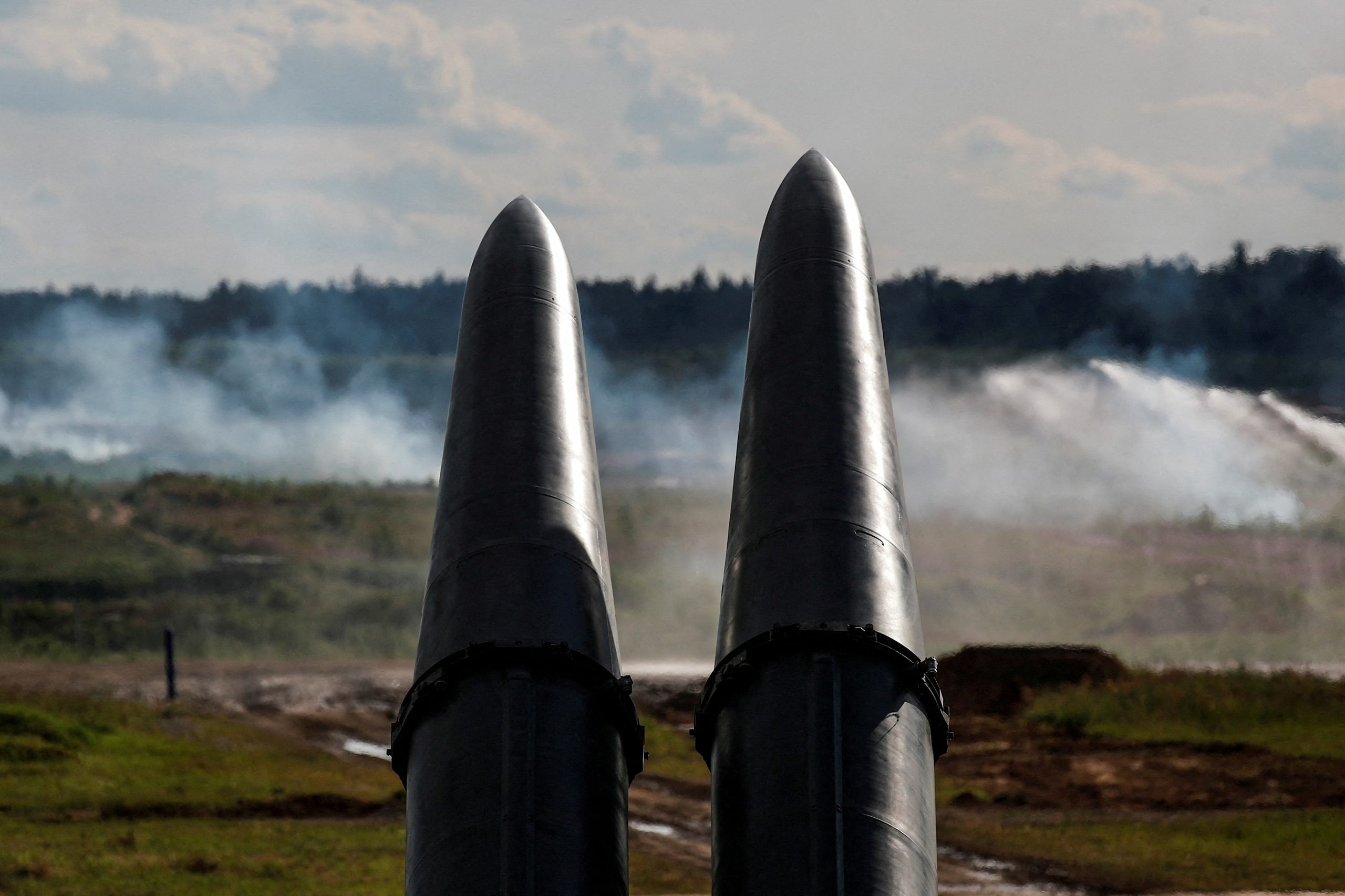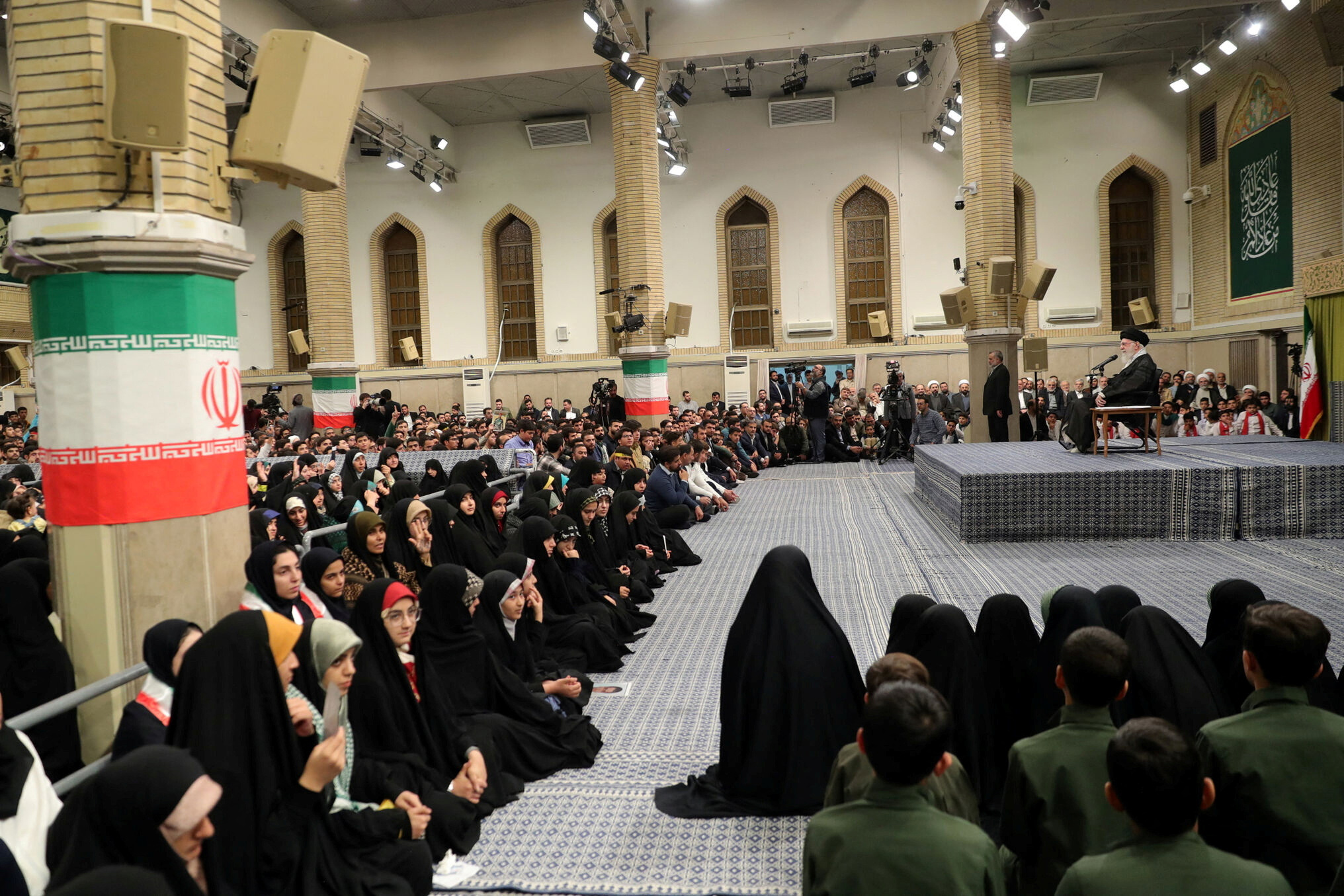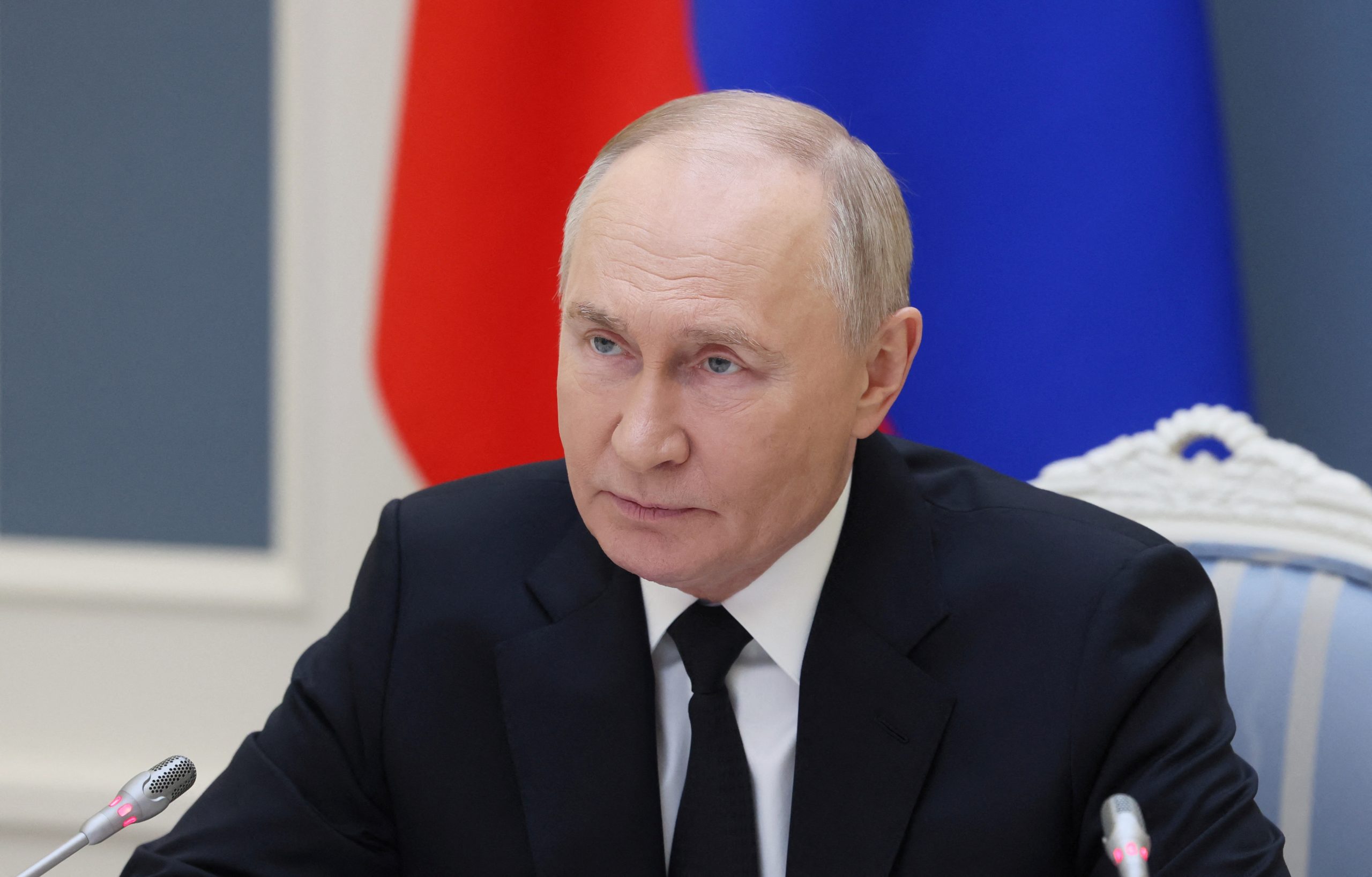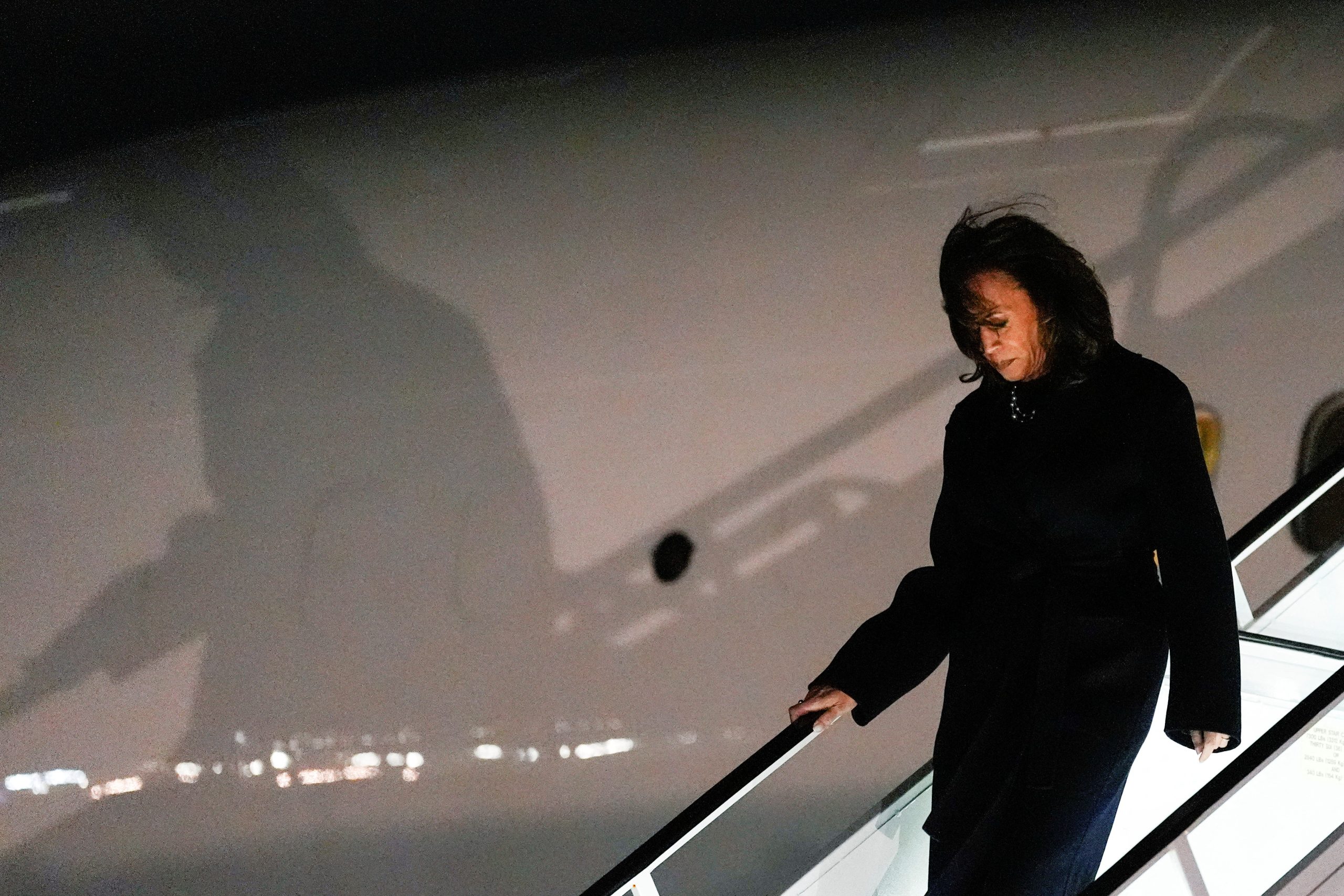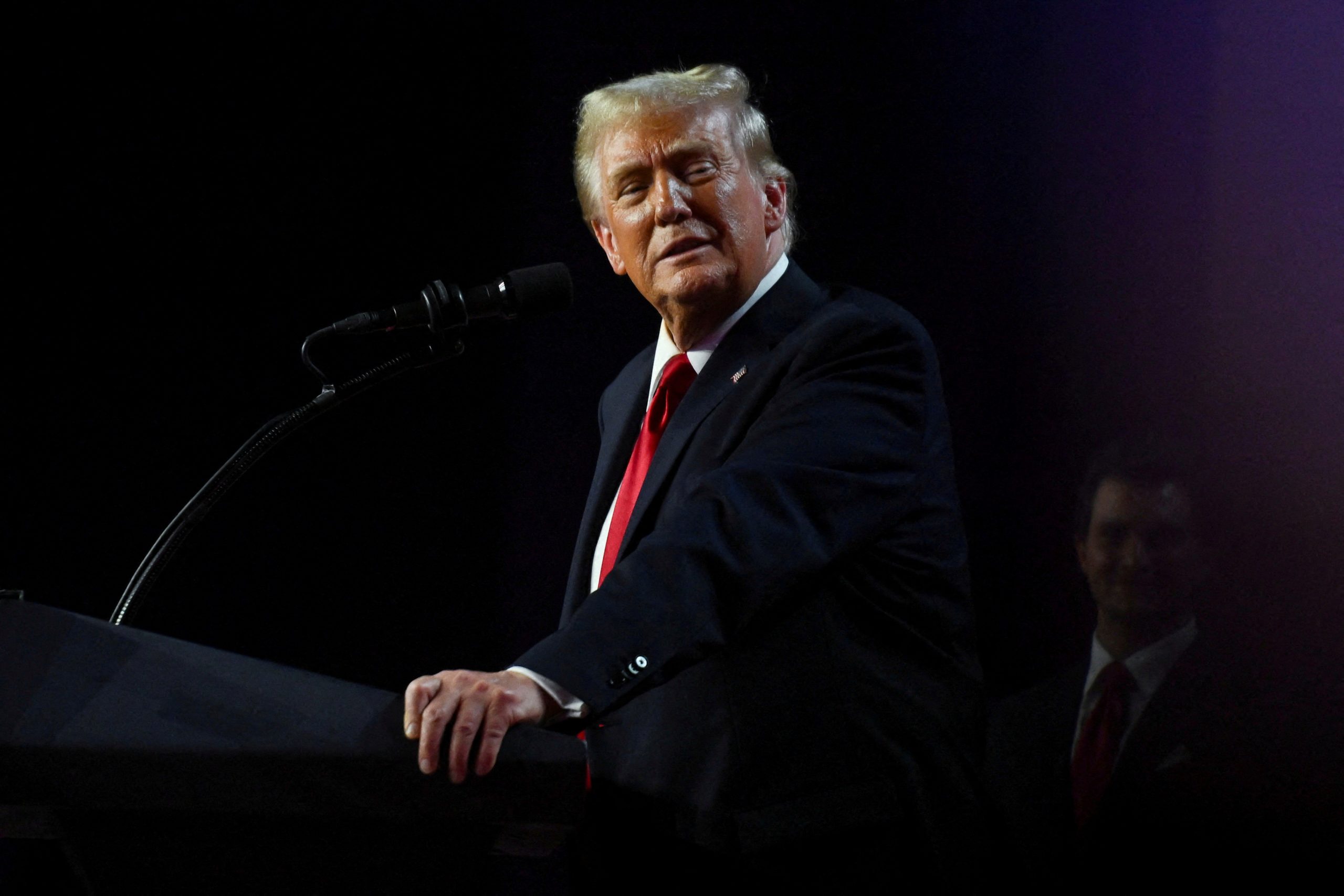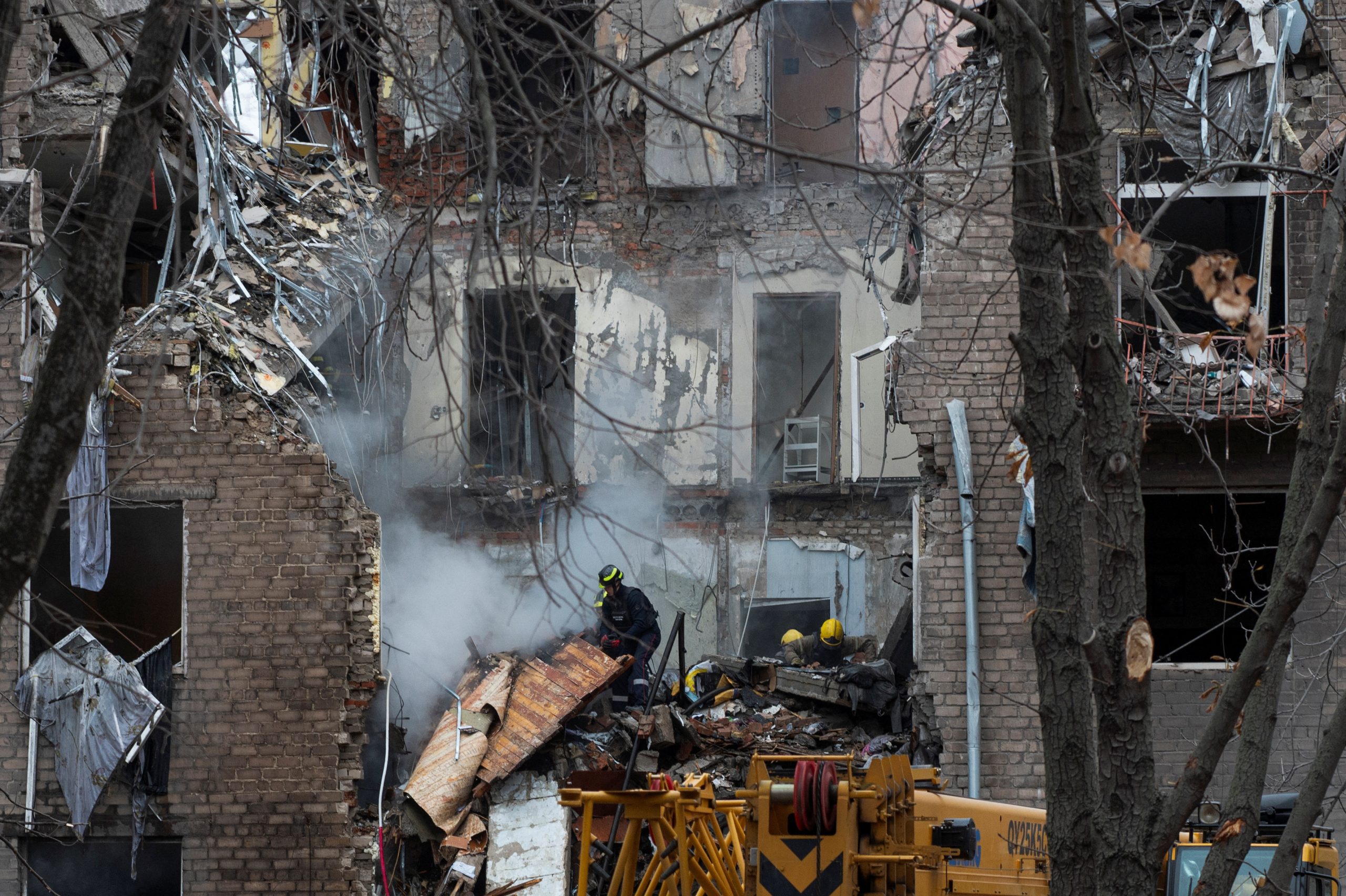In response to escalating regional tensions, Australia has announced a major increase in its missile production and defense capabilities following China’s recent intercontinental ballistic missile (ICBM) test in the South Pacific. Australian Defense Minister Pat Conroy described the Asia-Pacific as entering a “missile age,” where missile capabilities are increasingly vital not only for defense but as deterrents against regional threats.
“Australia’s security environment is defined by the strategic competition between the United States and China, which is sharpest here in the Indo-Pacific,” Conroy stated, addressing the National Press Club in Canberra. He underscored the importance of building long-range strike capabilities to ensure Australia’s self-sufficiency in defense.
Growing Missile Arsenal with Global Allies
Australia is collaborating with allies including the United States, Japan, and South Korea to secure stability in the Indo-Pacific and reduce vulnerability to potential adversaries. Defense Minister Richard Marles emphasized that Australia’s domestic production of advanced weaponry is crucial in this new era, and revealed a “blueprint” to manufacture missiles within Australia.
With this initiative, the Australian Navy’s destroyer fleet will soon be outfitted with SM-6 missiles to boost its ballistic missile defense. The country recently signed a $4.58 billion (7 billion AUD) deal with the U.S. for SM-2 IIIC and Raytheon SM-6 missiles, marking a significant step in enhancing naval and air defense capabilities.
Strategic Local Production to Deter Adversaries
In addition to purchases, Australia will establish a local production hub for Guided Multiple Launch Rocket Systems (GMLRS) with Lockheed Martin. The $206 million (316 million AUD) facility, set to be operational by 2029, will produce up to 4,000 units annually, making it a quarter of the current global output and providing a sustainable defense line for Australia and its allies.
Further, Australian facilities will begin producing 155mm M795 artillery ammunition in partnership with France’s Thales at a government-owned munitions plant in Victoria, capable of scaling production to 100,000 rounds annually by 2028. Norway’s Kongsberg Defence will also manufacture Naval Strike and Joint Strike Missiles in Newcastle, making Australia a hub for high-demand munitions in the region.
Massive Investment for a New Era in Defense
Australia has allocated $49 billion (74 billion AUD) for missile acquisition and defense infrastructure over the next decade. Beyond new weaponry, the funds aim to reduce dependency on international supply chains, ensuring continuity in the face of global supply-chain disruptions and bolstering Australia’s long-term defense posture.
“We must show potential adversaries that hostile acts against Australia would not succeed and could not be sustained,” Conroy stated, affirming the government’s commitment to self-reliant defense. This large-scale investment is seen as a bold declaration of Australia’s role in regional security and readiness for a strategic future.
As Australia takes unprecedented steps to fortify its defense, will these new capabilities reshape the security dynamics of the Indo-Pacific, or is this merely the start of a deeper arms race in the region?
Sources for this article include statements from Australian Defense Minister Pat Conroy and recent government announcements on defense initiatives.

